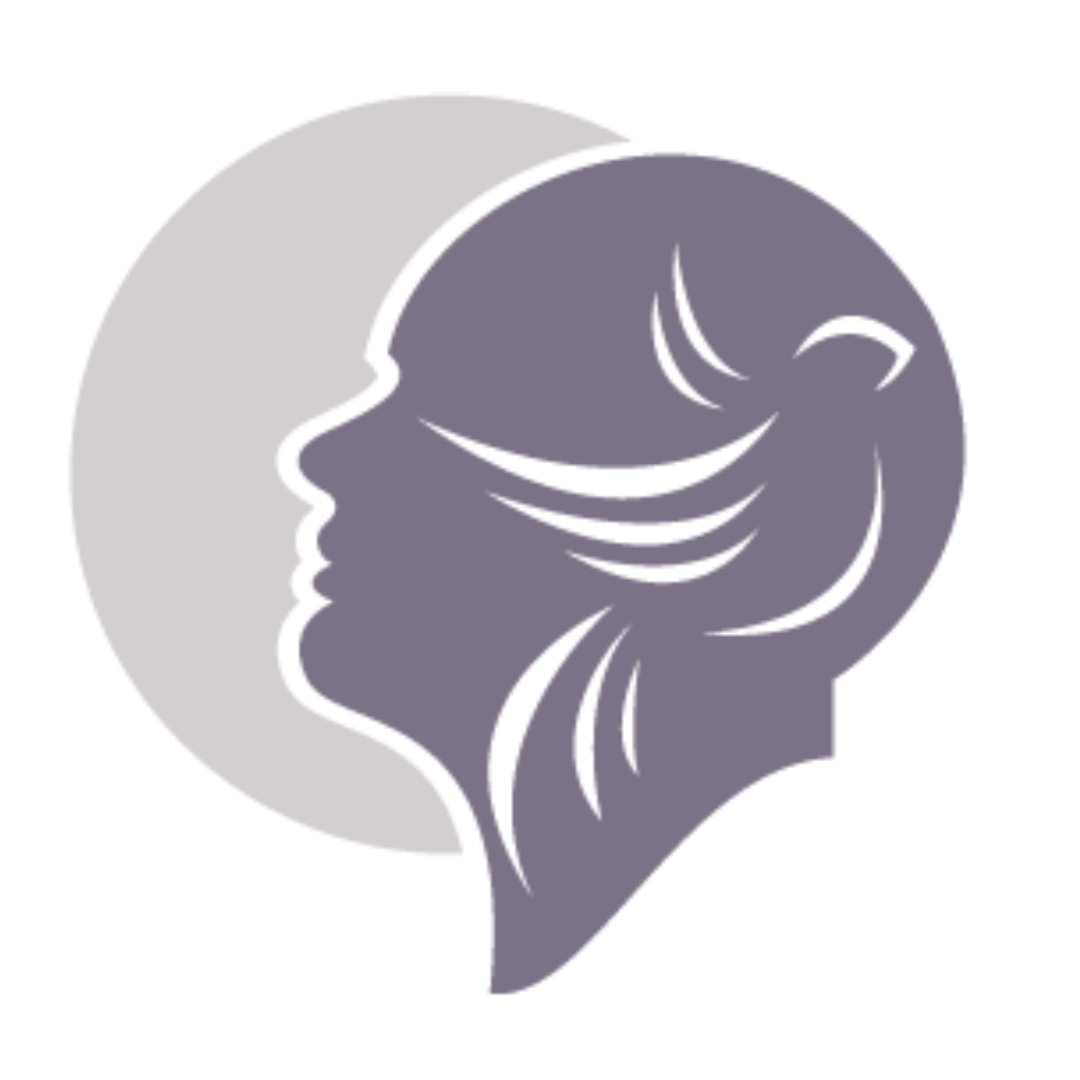ADHD Treatment For Kids
ADHD In Kids
Between 60% and 85% of kids (ages 6-12) diagnosed with ADHD may continue to have ADHD as teens (ages 13-17) without treatment. Schedule your free consultation today to talk more about ADHD treatment for kids.

ADHD Treatment For Kids
About ADHD In Kids
ADHD is one of the most common neurodevelopmental disorders in children. Its core symptoms are:
Inattention
Hyperactivity
Impulsivity
Symptoms of Inattention
Makes careless mistakes and lacks attention to details
Example: overlooking or missing details, or handing in homework that is inaccurate
Has difficulty paying attention to tasks or while playing
Example: difficulty remaining focused during class, conversations, or lengthy readings
Seems to not listen when spoken to directly
Example: mind seems elsewhere, even in the absence of obvious distraction
Fails to follow through on instructions, schoolwork, or chores
Example: starts tasks, but quickly loses focus and is easily sidetracked
Has difficulty organizing tasks and activities
Example: messy, disorganized work; poor time management
Loses things
Example: loses school materials or, if older, wallets, keys, glasses, or phone
Avoids, dislikes, or is reluctant to participate in tasks requiring sustained mental effort
Example: avoids or dislikes schoolwork or homework
Seems to not listen when spoken to directly
Example: mind seems elsewhere, even in the absence of obvious distraction
Fails to follow through on instructions, schoolwork, or chores
Example: starts tasks, but quickly loses focus and is easily sidetracked
Easily distracted & forgetful in daily activities
Example: may forget to complete chores
Symptoms of Hyperactivity and Impulsivity
Fidgets with or taps hands and feet or squirms in seat
Talks excessively
Unable to play quietly or, if older, participate in leisurely activities
Runs or climbs where it is inappropriate, or feels restless
Leaves seat when remaining seated is expected
Example: leaves their place in the classroom or in other situations that require remaining seated
Acts as if “on the go” or “driven by a motor”
Example: is unable or uncomfortable being still for an extended time
Blurts out an answer before a question has been fully asked
Example: completes people’s sentences; cannot wait for next turn in conversation
Has difficulty waiting his or her turn
Example: has trouble waiting in line
Interrupts or intrudes on others
Examples: butts into conversations, games, or activities; may start using other people’s things without asking or receiving permission
Easily distracted Forgetful in daily activities
Example: may forget to complete chores
